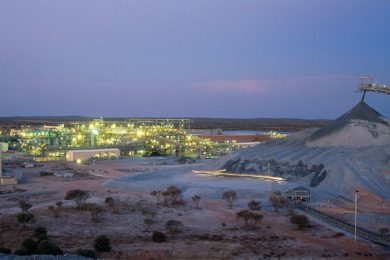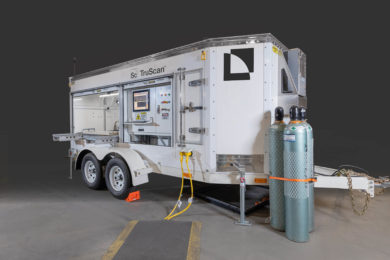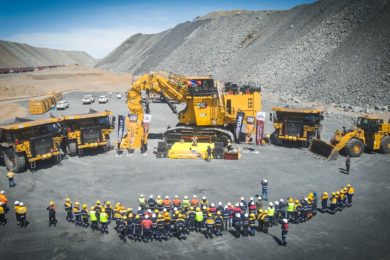BHP is driving a procurement overhaul using SAP Ariba, giving it executive visibility and an elevated role in helping execute BHP’s business strategy, outlined in a recent article by Ry Crozier from iTnews. The global miner is looking deeper into its A$20 billion annual procurement spend with the aid of SAP Ariba software under an ongoing transformation that has run four years so far.
Group Procurement Officer Sundeep Singh told SAP’s recent procurement reimagined conference that the miner had centralised procurement, giving it executive visibility and an elevated role in helping execute BHP’s business strategy. As a decentralised function, Singh said procurement was “layers down” in the organisation and found it difficult to demonstrate any aggregate value.
“Transforming and coming together as a global function really created a great opportunity to lay foundations for functional excellence directly to our frontline operations that not only reduced the bureaucracy and returned great cost-out by ensuring that we could supply a part to a maintainer to get the truck out of the pit on time, but it actually freed us up to connect to our organisation’s strategy,” Singh said.
“We really now have that capacity to expand our scope to execute BHP’s purpose, rather than just transacting on behalf of BHP.” The global procurement function runs off a suite of SAP Ariba modules.
This isn’t particularly surprising; BHP previously embarked on a massive transformation called 1SAP that standardised many core processes and systems worldwide on SAP. “Our solution footprint is wide and vast,” Singh said. “We’ve got Ariba sourcing, guided buying, catalogue, the Ariba network and contract invoicing, and with SAP more broadly, we’ve got the cloud platform and SAP cloud analytics as well.”
Singh said BHP is also making “advancements” around spend visibility and performance management, using Ariba spend analysis. “We’re starting to see machine learning take us from that level 2 visibility now really into that level 4 visibility of our spend,” Singh said.
Many organisations categorise their spend according to a multi-level ‘spend taxonomy’, where level 1 is group spend, and each layer after that drills down to a more granular perspective. Singh said BHP is also working to improve the experiences of vendors that sell into the company, “looking at things like onboarding and vendor registration at pace.”
One of the ongoing drivers for procurement transformation is to be able to better direct BHP’s spend to meet organisational goals. This means being able to channel more spend around mine sites to local suppliers, with preferential payment terms offered to small, indigenous or local businesses.
Singh said spending could also be used to meet diversity goals by allocating it, for example, to mining equipment makers that “design equipment that’s inclusive for all genders”, or to equipment makers that align with BHP’s climate strategy.
“It’s really about enabling procurement to drive the innovation agenda,” Singh said. “I really think that procurement, as it heads into the future, is the window for companies into the outside world. “We can’t just transact. We need to … provide a meaningful interface that brings that outside world in.”










